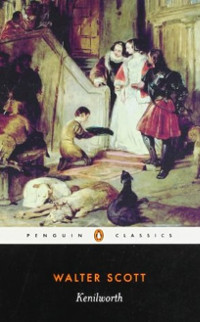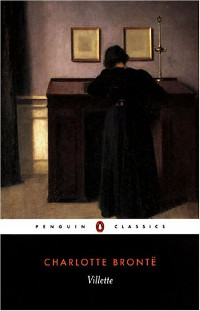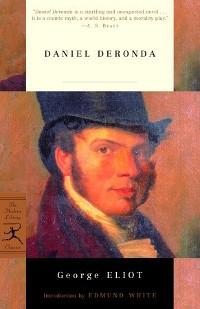
Kenilworth, by Sir Walter Scott (Scottish classic)
“In the court of Elizabeth I, Robert Dudley, Earl of Leicester, is favoured above all the noblemen of England. It is rumoured that the Queen may chose him for her husband, but Leicester has secretly married the beautiful Amy Robsart. Fearing ruin if this were known, he keeps his lovely young wife a virtual prisoner in an old country house. Meanwhile Leicester’s manservant Varney has sinister designs on Amy, and enlists an alchemist to help him further his evil ambitions. Brilliantly recreating the splendour and pageantry of Elizabethan England, with Shakespeare, Walter Ralegh and Elizabeth herself among its characters, Kenilworth (1821) is a compelling depiction of intrigue, power struggles and superstition in a bygone age.”
The tension between possessing a title of nobility and being noble in mind and heart lies at the center of Kenilworth. From the beginning of the novel, Scott portrays the former suitor of Amy Robsart, the gentleman Tressilian, as possessing nobility of mind and heart. We first meet Tressilian at an inn, where he is seeking information about the whereabouts of Amy on behalf of her father. His features have a “meditative and tranquil cast,” and he is “dressed with plainness and decency, yet bearing an air of ease which almost amounted to dignity, and which seemed to infer that his habit was rather beneath his rank.” While he is at the inn, the proprietor makes this observation about Tressilian to his nephew Michael Lambourne, who ends up in the employ of the story’s villain, Richard Varney:
Continue reading














